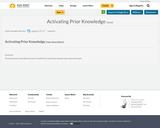
Three exercises that allow learners to build from what they already know about the topic.
- Subject:
- English Language Arts
- Material Type:
- Activity/Lab
- Date Added:
- 10/01/2018

Three exercises that allow learners to build from what they already know about the topic.

Students are guided through an informal exploration of nonfiction texts and child-oriented Websites, learning browsing and skimming techniques for the purpose of gathering interesting information.

Although this free resource was developed with the state of Alaska in mind, it includes a tremendous amount of great information and strategies that apply to the teaching of reading universally. A definite must-have for your toolkit!
This playbook combines decades of nationwide research with examples and resources developed by educators in the state of Alaska. You’ll find an introduction to phonological awareness, phonics, vocabulary, fluency, and comprehension. You will also find links to valuable resources where you can continue to deepen your knowledge.
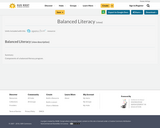
Components of a balanced literacy program.

Students learn components of think-alouds and type-of-text interactions through teacher modeling. In the process, students develop the ability to use think-alouds to aid in reading comprehension tasks.

This Module outlines Collaborative Strategic Reading (CSR), a strategy for helping students to improve their reading comprehension skills. In CSR, students work together in small groups to apply comprehension strategies as they read text from a content area, such as social studies or science (est. completion time: 1 hour).

Students learn about story structure, new vocabulary, and a variety of reading strategies by participating in an interactive read-aloud of "Miss Bindergarten Stays Home From Kindergarten" by Joseph Slate.
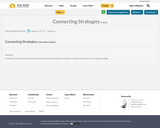
A variety of student activities and teacher resources for using the concept of 'making connections' as a reading strategy.
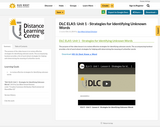
The purpose of the video lesson is to review effective strategies for identifying unknown words. The accompanying handout provides a list of word attack strategies for helping with determining the meaning of unfamiliar words.
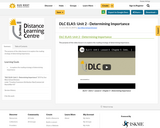
The purpose of the video lesson is to explore the reading strategy of determining importance.
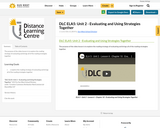
The purpose of the video lesson is to explore the reading strategy of evaluating and brings all of the reading strategies together.
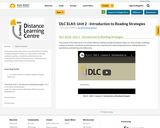
The purpose of the video lesson is to outline effective reading strategies that good readers use. They include: predicting, making connections, visualizing, monitoring your own comprehension, determining importance, making inferences, questioning, summarizing and synthesizing.
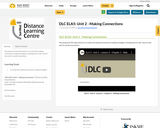
The purpose of the video lesson is to review the making connections reading strategies, including text-to-self , text-to-text, text-to-world connections.
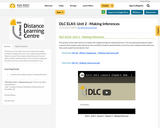
The purpose of the video lesson is to explore the reading strategy of making inferences. The accompanying handouts (1)give scenarios that students make inferences from and (2)has students identify details or facts from the reading and the inferences that can be made from the detail or fact.
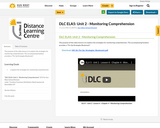
The purpose of the video lesson is to explore the strategies for monitoring comprehension. The accompanying handout provides a "Fix-Up Strategies Bookmark".
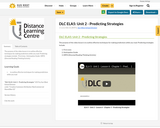
The purpose of the video lesson is to outline effective techniques for making predictions while you read. Predicting strategies include:
-First Lines
-Anticipation Guide
-DRTA (Directed Reading Thinking Activity)
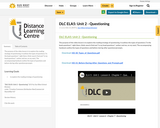
The purpose of the video lesson is to explore the reading strategy of questioning. It outlines the types of questions ("in the book questions": right there, think-search-find and "in my head questions": author and me, on my own). The accompanying handouts outline the types of questions and before-during-after questions/prompts.
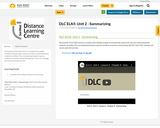
The purpose of the video lesson is to explore the reading strategy of summarizing. It gives the rules for summarizing that students can follow. The accompanying handout requires students to practice summarizing with the "Sum It Up" strategy and can be used with any text.
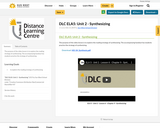
The purpose of the video lesson is to explore the reading strategy of synthesizing. The accompanying handout has students practice the strategy of synthesizing.
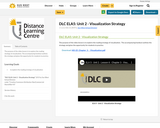
The purpose of the video lesson is to explore the reading strategy of visualization. The accompanying handout outlines the strategy and gives the opportunity for students to practice.